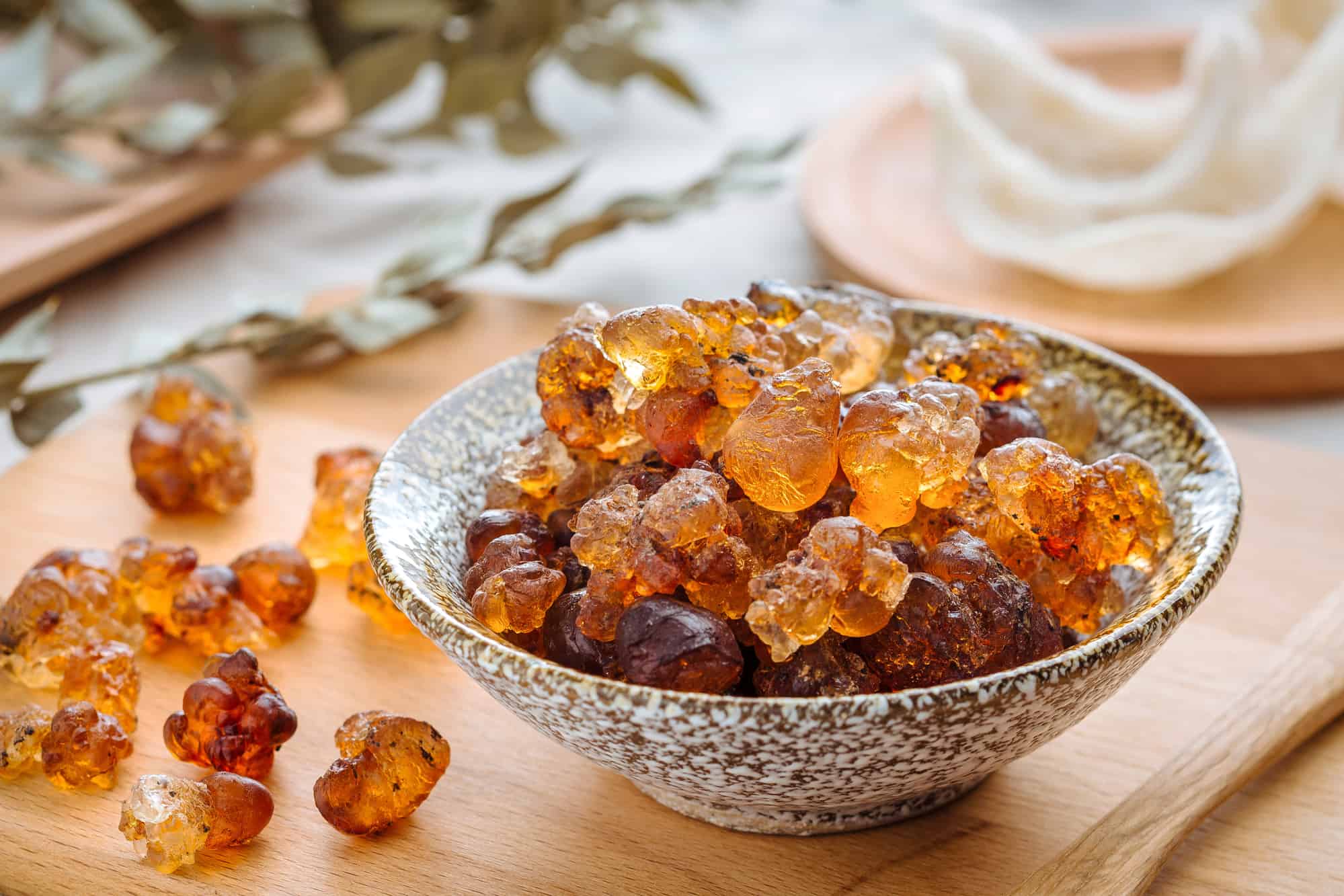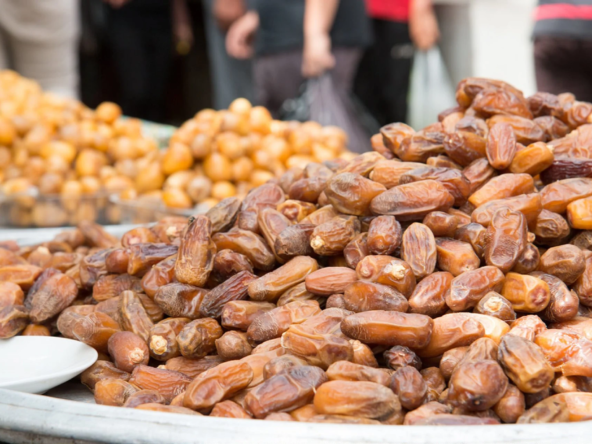Arabic gum, also known as gum arabic, is a natural gum sourced from the hardened sap of various species of the acacia tree. Predominantly harvested in the Sahelian region of Africa, particularly Sudan, Chad, Nigeria, and Senegal, gum arabic has been treasured since ancient times for its unique properties. This substance is not only a vital ingredient in the food industry but also finds extensive uses in pharmaceuticals, cosmetics, and industrial applications. This article delves into the global market value of Arabic gum, examining current trends, key applications, and its future outlook.
1. Overview of Arabic Gum
Arabic gum is primarily composed of polysaccharides and glycoproteins. It is edible and highly prized for its ability to dissolve in water, which makes it an excellent stabilizer and emulsifier. Its natural and non-toxic nature makes it a preferred choice in various applications, including food and beverages, where it serves as a stabilizer in soda, syrups, and candies.
2. Production and Supply Dynamics
Sudan is the largest producer of Arabic gum, contributing about 80% of the world’s supply. The production of Arabic gum is highly sensitive to climatic conditions; hence, its availability can fluctuate significantly with changes in rainfall patterns and desertification. The geopolitical situation in the producing regions also plays a crucial role in the supply chain dynamics, occasionally leading to volatile market conditions.
3. Market Size and Economic Impact
The global market for Arabic gum was estimated at around $800 million in 2021 and is expected to grow to over $1 billion by 2026, with an annual growth rate of approximately 3-5%. This growth is driven by increasing demand in food and beverage applications and expanding uses in pharmaceutical formulations.
4. Applications Across Various Industries
Food and Beverage
In the food and beverage industry, Arabic gum is used as a stabilizer, emulsifier, and thickening agent. It is vital in making soft drinks, candies, and ice creams. Its ability to stabilize emulsions makes it indispensable in sauces and salad dressings.
Pharmaceuticals
In pharmaceuticals, Arabic gum is used as a binder in drug delivery systems and as a coating to mask tastes. Its natural adhesive properties are beneficial in tablet formulations.
Cosmetics
The cosmetics industry employs Arabic gum primarily for its emulsifying properties. It is a component of lotions, creams, and make-up products, where it helps to stabilize the emulsion and improve texture.
Industrial Uses
Industrially, Arabic gum is used in the production of paints, inks, and textiles. It acts as a binder in watercolor paints and ensures smooth flow in inks.
5. Market Trends and Drivers
Several key trends and drivers are shaping the Arabic gum market:
Natural and Clean Label Trends
The shift towards natural and clean-label ingredients due to growing health awareness among consumers is a significant driver. Arabic gum is natural and fits well within the clean-label criteria, which enhances its appeal in food, pharmaceuticals, and cosmetic products.
Technological Advancements
Advancements in food processing technologies and innovative extraction methods have made it possible to use Arabic gum in new applications. These innovations are broadening its utility and driving market growth.
Regulatory Approvals
In regions like the European Union and North America, Arabic gum has generally recognized as safe (GRAS) status, and other regulatory approvals, facilitating its widespread use and acceptance across industries.

6. Challenges in the Market
Despite its advantages, the market for Arabic gum faces several challenges:
Supply Chain Volatility
As production is concentrated in a few African nations, political instability, economic fluctuations, and climatic variability can disrupt the supply chain and impact global prices.
Competition from Synthetic Alternatives
Synthetic alternatives, often available at lower costs, pose a competitive threat to Arabic gum, especially in cost-sensitive applications.
7. Future Outlook
Looking ahead, the Arabic gum market is likely to continue growing, albeit with potential fluctuations due to geopolitical and climatic factors. Increasing awareness about sustainable and natural products might present new opportunities, particularly in organic and natural food products markets.
Moreover, research into new applications of Arabic gum in biotechnology and nanotechnology might open up fresh avenues for its utilization. Sustainability initiatives, such as improving the livelihood of gum arabic farmers and implementing sustainable harvesting methods, will also play a crucial role in the long-term stability and growth of this market.
Conclusion
Arabic gum holds a significant position in the global market due to its unique properties and wide range of applications. While it faces challenges like any other commodity, its prospects remain strong due to the increasing demand for natural ingredients and clean-label products. For stakeholders in this market, staying informed about production trends, market dynamics, and technological advancements will be key to leveraging opportunities in the evolving landscape of Arabic gum.
Ajigofarms is a reliable global agricultural purchase sourcing with profound expertise in the manufacturing, and exportation of food crops. We are tested, and trusted suppliers of all kinds of cash crops and food crops. Our constant supply chain solution makes exporting easy, quick, and safe, we are identified with timeliness and meeting up with deadlines. Regardless of the region you are located in worldwide, you can reliably order your Agric products and be rest assured of successful delivery.




